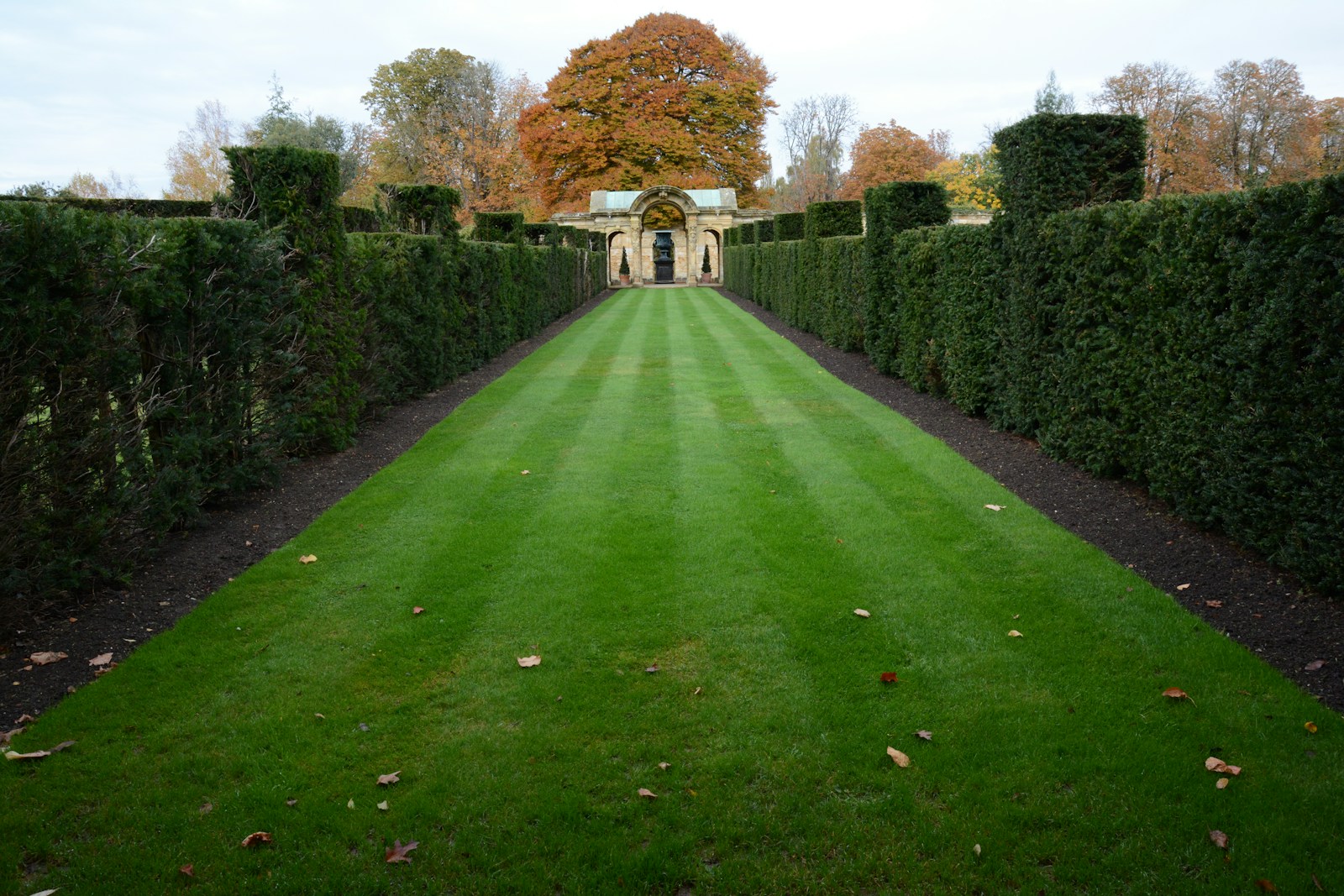Creating organic compost for the UK market involves a systematic process that transforms organic materials into nutrient-rich compost. Here is a general guide to creating organic compost:
- Gather Raw Materials:
Collect a mix of green and brown organic materials. Green materials include kitchen scraps (fruit and vegetable peels, coffee grounds), fresh yard waste, and manure. Brown materials include dried leaves, straw, cardboard, and newspaper. - Balance Carbon and Nitrogen:
Achieve a balanced mix of carbon-rich (browns) and nitrogen-rich (greens) materials. The ideal ratio is generally considered to be around 25-30 parts carbon to 1 part nitrogen. This balance promotes the activity of microorganisms responsible for the decomposition process. - Shredding and Chopping:
Shred or chop larger materials into smaller pieces. This increases the surface area and accelerates decomposition. However, some materials, like leaves, can be left whole. - Create Compost Piles or Bins:
Choose an appropriate location for your compost piles or use compost bins. Bins are useful for controlling the composting process and preventing pests. Make sure the compost pile is well-aerated. - Layering:
Alternate layers of green and brown materials as you build your compost pile. This helps maintain the carbon-nitrogen balance. The bottom layer can consist of coarse materials like twigs to aid in aeration. - Moisture Management:
Keep the compost pile moist, like a wrung-out sponge. Watering is essential, especially during dry periods. However, avoid overwatering, as excessive moisture can lead to anaerobic conditions. - Aeration:
Turn the compost regularly to provide oxygen to the microorganisms and speed up decomposition. This also helps in maintaining an aerobic environment, preventing unpleasant odors. - Temperature Monitoring:
Composting generates heat as microorganisms break down organic matter. The ideal composting temperature is between 120°F and 160°F (49°C to 71°C). Regularly monitoring the temperature can indicate the health of the composting process. - Maturation Period:
Allow the compost to mature for several weeks to several months, depending on the materials used and environmental conditions. During this time, the composting process completes, and the compost becomes a stable, nutrient-rich product. - Screening (Optional):
Screen the compost to remove any remaining large, uncomposted materials. This results in a finer, more uniform product. - Packaging and Distribution:
Once the compost is matured, it can be packaged into bags or bulk for distribution to the market. Ensure that the compost meets organic certification standards if you intend to label it as organic. - Compliance with Regulations:
Be aware of local regulations and standards for compost production, especially if you are producing organic compost. Adhering to guidelines ensures the quality and safety of your compost product.
Always consider local and national regulations, market demands, and the specific needs of your target consumers when producing organic compost for the UK market. Additionally, obtaining organic certification can enhance the marketability of your product.


